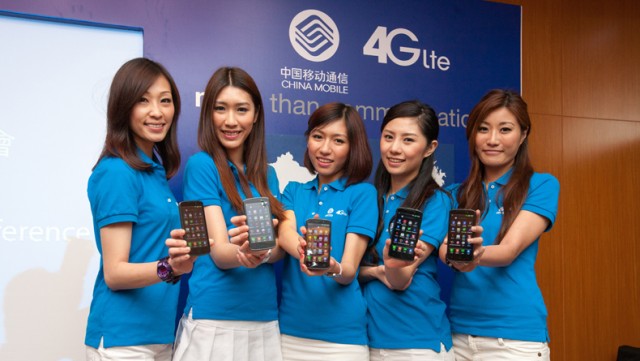GSMA does not even talk about Indian 4G / LTE market because the earlier Congress governments did not support and telecoms did not invest in networks. China is the highlight of all the 4G action in Asia Pacific mobile market.
While GSMA is silent about any possible growth of LTE in India in the next six years, the telecom industry body says there will be almost 900 million 4G mobile connections in China by the end of 2020 against 100 million in 2014.
GSMA also said the take-up of 4G services in China is likely to be at twice the rate of the earlier move to 3G.
500 million users in China subscribed to mobile internet services in 2013. The number of China internet users stood at over 600 million in 2013, meaning that more than 80 per cent access the internet via mobile.
69 percent of China mobile internet subscribers accessed internet services via mobile broadband networks (3G/4G), with the remainder using 2G.
The Indian telecom industry is expecting the roll out and expansion by Reliance Jio Infocomm and Bharti Airtel in the coming years. But the debt ridden industry does not want to spend in non-viable businesses for the time being.
4G in Asia Pacific
4G subscribers in Asia Pacific will grow to 1.34 billion by 2020 from 102 million in 2013. Out of 1.34 billion 4G users, 900 million will come from China, said GSMA. The balance 440 million 4G subscribers will come from major telecom nations such as Korea, Japan, India, Indonesia, etc. GSMA did not share country specific 4G subscriber forecast for other countries.
4G will increase from 3 percent of 3.4 billion mobile connections to 28 percent of 4.8 billion total connections expected by 2020, said GSMA.
South Korea is the first country to cover 100 percent of its population by 4G networks.
In Asia Pacific, 3G subscribers will increase to 1.63 billion by 2020 from 850 million in 2013.
This means, 3G will grow from 25 percent of the 3.4 billion mobile connections to 34 percent of 4.8 billion total connections expected by 2020.
Baburajan K






